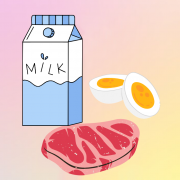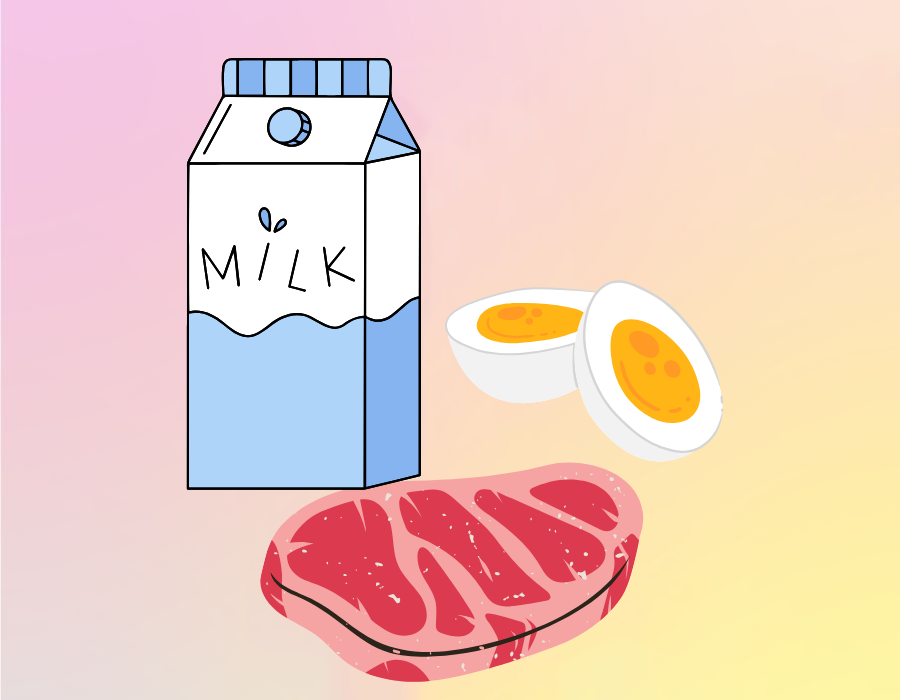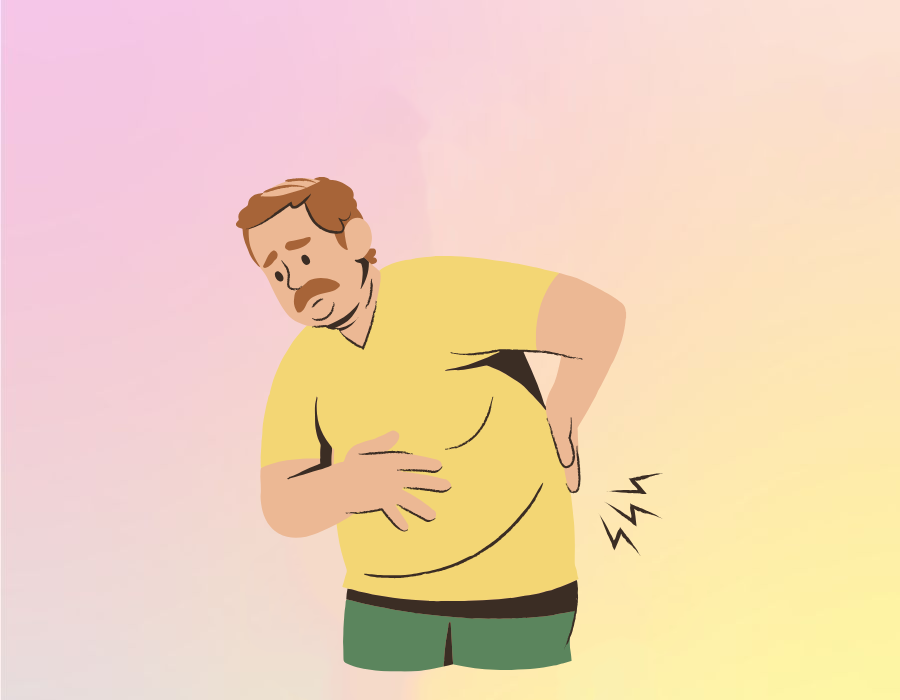How can beginners start practicing yoga?
If you have any queries or suggestions, please feel free to reach out via email to info@harisonfitness.com. We will do everything in our capacity to ensure that you love your experience with us.
Yoga, as an ancient and elegant form of exercise, has gained increasing popularity in recent years. However, many fitness beginners often feel at a loss when first encountering yoga. This article will provide concise explanations to help beginners better understand and appreciate this ancient practice!
01 What is yoga? What are its benefits?
Yoga originated in ancient India as one of the six major philosophical schools of ancient India. After being introduced to the West in modern times, it gradually integrated with the essence of Western medicine, evolving into a series of methods for cultivating the body and mind alongside corresponding physical postures. It has become a trendy fitness practice that has taken the world by storm!
Today, numerous yoga styles exist on the market, including: Ashtanga Yoga, Hatha Yoga, Vinyasa Yoga, Yin Yoga, Hot Yoga, Iyengar Yoga, Pilates Yoga, Aerial Yoga, and more. While different yoga styles emphasize distinct approaches and techniques, their ultimate goal remains the same: to improve both physical and mental well-being through movement and breath control.
Yoga not only helps people slim down and enhance their appearance but also strengthens the mind and body while regulating emotions. In today’s fast-paced world, yoga’s unique blend of movement and stillness makes it ideal for those who dislike high-intensity workouts yet still seek fitness benefits. This is precisely why more and more people are becoming captivated by it.
02 Is Yoga Difficult?
Most beginners, when first encountering yoga, tend to think certain poses are downright bizarre—like something only aliens could pull off. This is actually a huge misconception! It’s important to understand that yoga isn’t just about physical postures—it also encompasses breathing techniques, cleansing practices, meditation, and more. Traditional yoga asanas are merely one part of the practice. Of course, modern yoga places the most emphasis on physical postures. For beginners, everyone’s body is different, including flexibility and range of motion.
When practicing yoga poses, beginners should start with simple ones to build muscle memory. Slow down the flow of poses, reduce the intensity, and progress gradually. You’ll gradually find your rhythm. Once your strength and flexibility have significantly improved, then try more challenging poses. You’ll discover that mastering yoga is really not difficult at all!

03What should beginners pay attention to when practicing yoga?
1. When practicing yoga for the first time, avoid rushing to achieve results. Follow the pace set by a professional instructor, starting with simple yoga classes and progressing gradually through step-by-step practice.
2. During yoga practice, refrain from comparing yourself to others. Everyone has different physical capabilities. Blindly competing with others can lead to injury, making the effort counterproductive.
3. Before practicing yoga poses, warm up adequately to activate your joints, increase lubrication, and reduce friction during practice.
4. Define your yoga goal: “physical conditioning” or “mental cultivation.” For physical conditioning, start with poses. For mental cultivation, begin with breathwork and meditation.
5. Cultivate patience in your yoga practice. Avoid sporadic efforts—yoga requires sustained commitment to see noticeable physical changes. The more time you invest, the greater the benefits you’ll reap!
6. Always seek professional guidance. Beginners benefit greatly from an instructor’s expertise to master proper breathing and core engagement. Practicing alone with videos often leads to chaotic rhythms and turns yoga into something resembling calisthenics!
Finally, whether you’re male or female, young or middle-aged—since you’ve read this far—take action now for a more beautiful and healthy body!






















